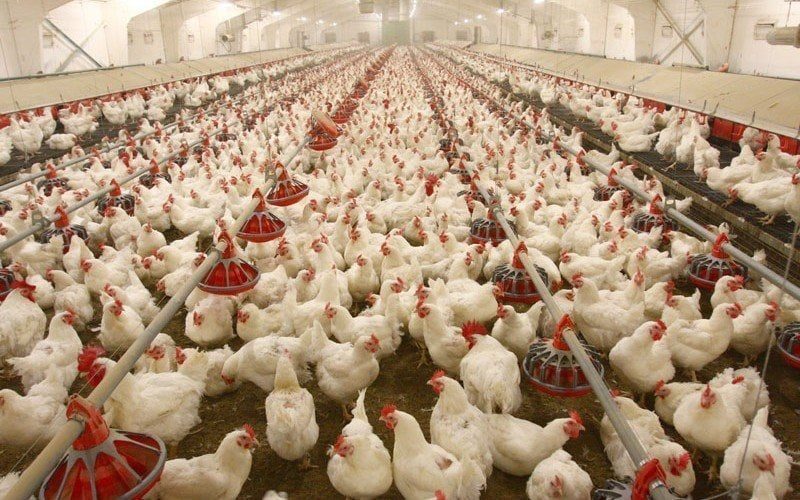As discussed in our last newsletter of 2022, the outlook for chicken farming is worrying, prices do not find room for support. The downward movement intensified in the period, quite affecting the prices of slaughtered and live chicken. The crass error was the expansion of the housing of breeder chicks in the last four months, at a time of retraction in the volume exported. In addition, the deterioration of the average prices paid per ton of chicken in the international market was also evident.
According to data from APINCO, housing in October hit approximately 593.96 mln head, up 0.73% from the same period in 2022. In November, the indication is for the housing of 603.28 mln head, rising nearly 6.3% compared to the same period last year. These numbers give a clear idea of the expansion of production, justifying the oversupply in the market and the consequent loss of margin. From January to November, the country housed around 6.24 bln chicks, down 1.3% from the same period last year.
Domestic demand, even at its peak, was unable to absorb all production in the period. The picture will get even harder during the first quarter, when demand is traditionally depressed due to seasonal expenses with school supplies and local taxes. With the population impoverished, there is a natural decline in consumption. Even if basic products are not so affected, a negative effect on demand is still evident. In this environment, the tendency is for the sector to end up losing one of its few remaining supports.
Another aspect that needs to be mentioned is the expansion of beef production projected for the current year. In the last two and a half years, Brazilian consumers have been forced to seek the consumption of more affordable proteins due to the rise in the price of their preferred protein, beef. In this regard, chicken and eggs gained great prominence among the population. However, the investments made in cattle breeding between 2019 and 2021 are finally translated into average productivity gains. Therefore, in view of a more voluminous supply of beef, the tendency is that it will gain market share.
The picture grows worse when we consider that the prices of corn, the main input used in animal feeding, remain quite high, especially in the South region, a large center of chicken production in the country. At this point, the average profitability of the sector is terrible, with negative margins. Corn exports gained traction over the last semester as the country set a new record in terms of volume. The strong pace of shipments led to reduced carryover stocks. Added to this, the decline in average productivity in some regions of the country, especially in Rio Grande do Sul, due to the adverse climate, must be considered.
In short, the sector will live with timid supply and high prices of the main input used in animal nutrition until the corn’s second crop. The first semester will again be characterized by a challenging supply. The great advantage of chicken farming compared to other competing proteins is its cycle, which is much shorter. A simple correction of the housing numbers in the coming few months is enough for the sector to adjust to the challenges that the market presents. In 2023, demand and still high costs emerge as major obstacles to be overcome.
Follow the Safras Agency on our website. Also follow us on our Instagram and Twitter and stay on top of the main agribusiness news!
Copyright 2022 – Grupo CMA

